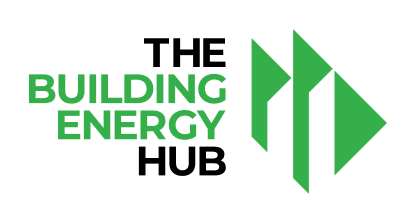IRS Energy Efficient Commercial Buildings Credit
Energy Efficient Commercial Buildings Deduction
Building owners who place in service energy efficient commercial building property (EECBP) or energy efficient commercial building retrofit property (EEBRP) may be able to claim a tax deduction. The U.S. Department of Energy (DOE) has launched the 179D Portal, which hosts two free tools to estimate potential federal tax deductions for installing eligible energy-efficient technologies in commercial buildings.
Energy-efficient technologies can increase building performance and save on utility bills. Now, the new 179D Portal can estimate how building upgrades can qualify building owners and designers for a tax deduction, to further impact the bottom line, with tax deductions ranging from $0.58 to $5.81 per square foot.
An increased deduction may be available for increased energy savings or meeting prevailing wage and apprenticeship requirements.
The deduction is allowed under Internal Revenue Code (IRC) Section 179D.
Funding
For property placed in service in 2023 and after, the deduction for EECBP equals the lesser of:
The cost of the installed property OR the savings per square foot calculated as:
- $0.50 per square foot for a building with 25% energy savings
- Plus $0.02 per square foot for each percentage point of energy savings above 25%
- Up to a maximum of $1.00 per square foot for a building with 50% energy savings
Expenses deducted in the prior 3 years (4 years for an allocated deduction) reduce the maximum deduction before computing the current-year deduction.
Find the applicable dollar values used to determine the maximum allowance of the deduction for property placed in service after 2023:
Administrator
IRS
Eligible Projects
- Owners of qualified commercial buildings
- Designers of EECBP/EEBRP installed in buildings owned by specified tax-exempt entities, including certain government entities, Indian tribal governments, Alaska Native Corporations, and other tax-exempt organizations
EECBP must be installed on or in a building that is located in the U.S. and within the scope of a specified Reference Standard 90.1 of the American Society of Heating, Refrigerating, and Air Conditioning Engineers (ASHRAE) and the Illuminating Engineering Society of North America. It must be property for which depreciation or amortization is allowable, and installed as part of:
- the interior lighting systems,
- the heating, cooling, ventilation, and hot water system,
It must be certified as being installed as part of a plan to reduce the total annual energy and power costs for the above systems by 25% or more in comparison to a reference building meeting the minimum requirements of Reference Standard 90.1.
EEBRP must be installed on or in a qualified building as part of:
- the interior lighting systems;
- the heating, cooling, ventilation, and hot water systems;
- the building envelope.
Building Sector
Commerical
Process
Individuals and business entities that qualify to claim the deduction for energy efficient property (EEP) placed in service during the tax year must file Form 7205 to claim the deduction.
To claim the 179D Energy Tax Incentive, the building owner or primary designer of the energy-efficient improvements must obtain a certification of energy savings from a qualified third-party. The certification process involves an inspection and a review of the claimed energy-efficient improvements. You must also calculate the energy savings achieved as a result of those improvements.
A properly licensed engineer or contractor must complete the certification, which must meet strict IRS requirements. IRS rules mandate the use of approved software and the submission of specific documentation.
Once you complete the certification, the building owner or primary designer can claim the deduction on their tax return. You must obtain a certification before the tax return deadline for the year when the improvements were placed into service. To claim the credit, the taxpayer needs to fill out Form 3115 when filing their return.
Advantages
Additional Information
Prevailing wage and apprenticeship bonus: Beginning in 2023, if local prevailing wages are paid and apprenticeship requirements are met, an increased maximum deduction applies. The maximum amount increases to 5 times the savings per square foot amount.
ASHRAE standards
Under the Inflation Reduction Act, energy savings must be measured against the latest ASHRAE standard affirmed by the Secretary of Treasury at least 4 years before the property is placed in service.
For buildings that begin construction on or after January 1, 2023, and have energy efficient property placed in service on or after January 1, 2027, ASHRAE Standard 90.1-2019 applies.
For buildings that begin construction before January 1, 2023, or are placed in service before January 1, 2027, ASHRAE Standard 90.1-2007 applies.


